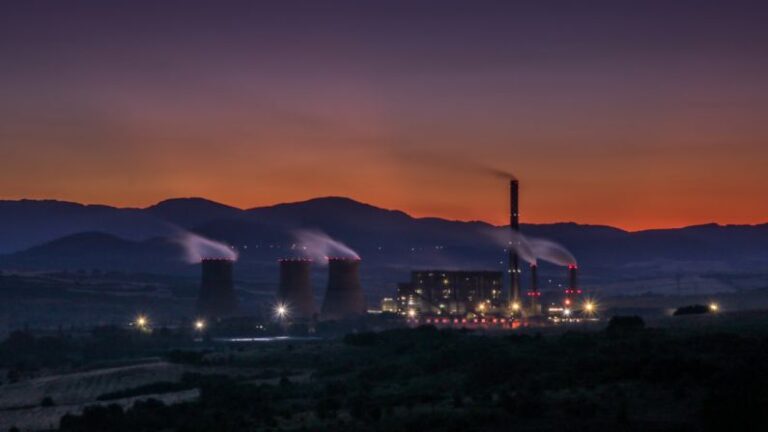Trends in the Residential Construction Market and Tubes
The Residential Construction Market and Tubes: A Look at Current Trends
The residential construction market is constantly evolving, driven by changing consumer preferences, technological advancements, and economic factors. One crucial component of residential construction that often goes unnoticed is the use of tubes. Tubes play a significant role in various aspects of residential construction, from plumbing and HVAC systems to structural support and electrical wiring. In this article, we will explore the current trends in the residential construction market and how tubes are adapting to meet the industry’s ever-changing needs.
The Rise of Sustainable Construction Practices
With a growing emphasis on sustainability and environmental conservation, the residential construction market is witnessing a shift towards more eco-friendly building practices. This trend has led to an increased demand for construction materials that are not only durable and cost-effective but also environmentally friendly. In response to this demand, manufacturers are developing tubes made from recycled materials or using production processes that minimize waste and energy consumption. These sustainable tubes are not only helping builders meet green building standards but also reducing the overall environmental impact of residential construction projects.
Innovations in Tube Design and Technology
Advancements in tube design and technology have revolutionized the way tubes are used in residential construction. Manufacturers are constantly developing new materials and manufacturing techniques to improve the performance and efficiency of tubes. For example, the use of composite materials in tube construction has led to the development of lightweight yet durable tubes that are resistant to corrosion and wear. Additionally, the integration of smart technology into tubes, such as sensors and monitoring systems, has made it easier for builders to detect leaks, monitor flow rates, and optimize energy usage in residential buildings.
The Growing Popularity of Prefabricated Tubes
Prefabrication is becoming increasingly popular in the residential construction market due to its many benefits, including cost savings, reduced construction time, and improved quality control. Prefabricated tubes, which are manufactured off-site and assembled on-site, offer builders a convenient and efficient solution for installing plumbing, HVAC, and electrical systems in residential buildings. These prefabricated tubes are custom-designed to fit the specific requirements of each project, ensuring a precise and seamless installation process. As more builders recognize the advantages of prefabrication, the demand for prefabricated tubes is expected to continue rising in the residential construction market.
The Importance of Safety and Compliance
Safety and compliance are top priorities in the residential construction market, and tubes play a critical role in ensuring the safety and integrity of residential buildings. Builders must adhere to strict building codes and regulations when installing tubes to prevent potential hazards such as leaks, structural failures, and fire hazards. Manufacturers are developing tubes that meet or exceed industry standards for safety and performance, providing builders with reliable and compliant solutions for their construction projects. By prioritizing safety and compliance in tube selection and installation, builders can create residential buildings that are not only aesthetically pleasing but also structurally sound and secure.
Embracing Digitalization and Automation
The digitalization and automation of construction processes are transforming the way residential buildings are designed, built, and maintained. Builders are increasingly turning to digital tools and technologies, such as Building Information Modeling (BIM) software and automated fabrication systems, to streamline the construction process and improve efficiency. Tubes are no exception to this trend, with manufacturers incorporating digitalization and automation into the production and installation of tubes. By leveraging digital tools and automated processes, builders can optimize the design and installation of tubes in residential buildings, resulting in faster construction timelines, reduced costs, and higher-quality outcomes.
Innovative Applications of Tubes in Residential Construction
Tubes are versatile components that can be used in a wide range of applications in residential construction. From transporting water and gas to supporting building structures and facilitating communication systems, tubes play a crucial role in the functionality and efficiency of residential buildings. One innovative application of tubes in residential construction is the use of radiant heating tubes, which are embedded in floors or walls to provide efficient and comfortable heating throughout the building. Additionally, tubes are increasingly being used in sustainable building systems, such as rainwater harvesting and geothermal heating, to reduce energy consumption and environmental impact.
The Future of Tubes in Residential Construction
As the residential construction market continues to evolve, the role of tubes in building design and construction will also adapt to meet changing demands and trends. Manufacturers will continue to develop innovative tube solutions that offer improved performance, sustainability, and efficiency for residential buildings. Builders will increasingly rely on prefabricated and digitalized tube systems to expedite construction timelines and enhance the quality of their projects. With a focus on safety, compliance, and sustainability, tubes will remain a fundamental component of residential construction, shaping the future of building design and construction practices.
In conclusion, the trends in the residential construction market are driving the evolution of tubes as essential components in building design and construction. From sustainable materials and prefabricated systems to digitalization and automation, tubes are adapting to meet the changing needs of the industry. By embracing innovation and prioritizing safety and compliance, builders can leverage the versatility and efficiency of tubes to create residential buildings that are not only functional and durable but also environmentally friendly and technologically advanced. The future of tubes in residential construction is bright, with endless possibilities for enhancing the performance and sustainability of residential buildings.






